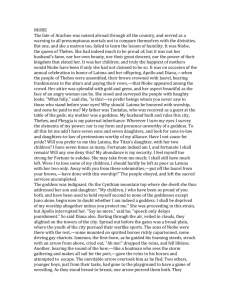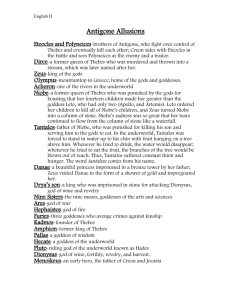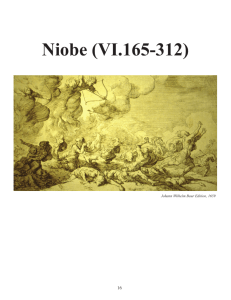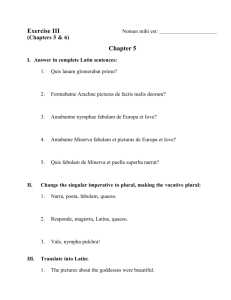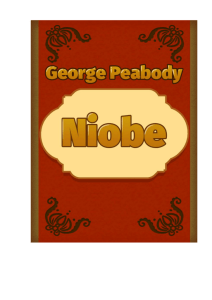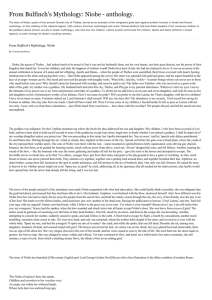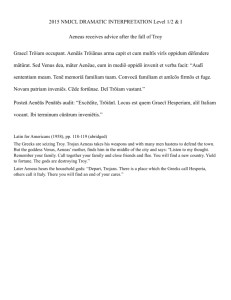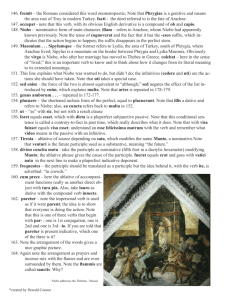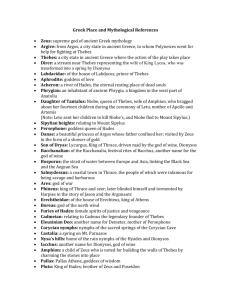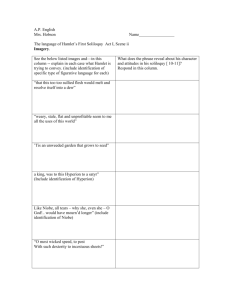The Myth of Niobe Niobe is one of the more tragic figures in Greek
advertisement
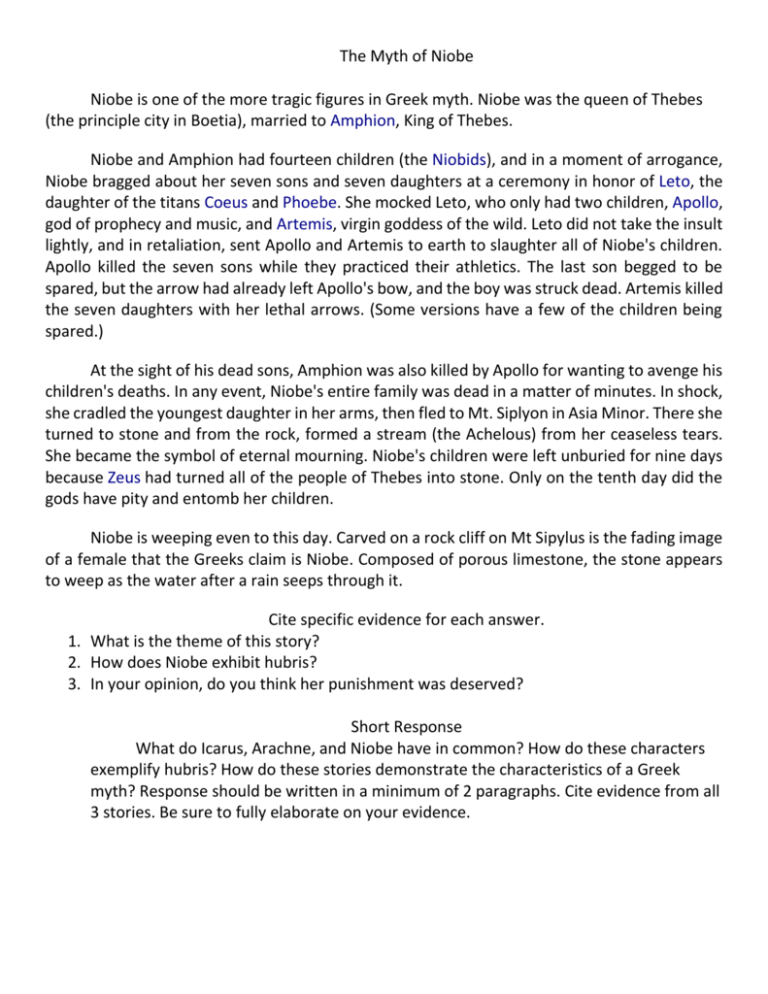
The Myth of Niobe Niobe is one of the more tragic figures in Greek myth. Niobe was the queen of Thebes (the principle city in Boetia), married to Amphion, King of Thebes. Niobe and Amphion had fourteen children (the Niobids), and in a moment of arrogance, Niobe bragged about her seven sons and seven daughters at a ceremony in honor of Leto, the daughter of the titans Coeus and Phoebe. She mocked Leto, who only had two children, Apollo, god of prophecy and music, and Artemis, virgin goddess of the wild. Leto did not take the insult lightly, and in retaliation, sent Apollo and Artemis to earth to slaughter all of Niobe's children. Apollo killed the seven sons while they practiced their athletics. The last son begged to be spared, but the arrow had already left Apollo's bow, and the boy was struck dead. Artemis killed the seven daughters with her lethal arrows. (Some versions have a few of the children being spared.) At the sight of his dead sons, Amphion was also killed by Apollo for wanting to avenge his children's deaths. In any event, Niobe's entire family was dead in a matter of minutes. In shock, she cradled the youngest daughter in her arms, then fled to Mt. Siplyon in Asia Minor. There she turned to stone and from the rock, formed a stream (the Achelous) from her ceaseless tears. She became the symbol of eternal mourning. Niobe's children were left unburied for nine days because Zeus had turned all of the people of Thebes into stone. Only on the tenth day did the gods have pity and entomb her children. Niobe is weeping even to this day. Carved on a rock cliff on Mt Sipylus is the fading image of a female that the Greeks claim is Niobe. Composed of porous limestone, the stone appears to weep as the water after a rain seeps through it. Cite specific evidence for each answer. 1. What is the theme of this story? 2. How does Niobe exhibit hubris? 3. In your opinion, do you think her punishment was deserved? Short Response What do Icarus, Arachne, and Niobe have in common? How do these characters exemplify hubris? How do these stories demonstrate the characteristics of a Greek myth? Response should be written in a minimum of 2 paragraphs. Cite evidence from all 3 stories. Be sure to fully elaborate on your evidence.
